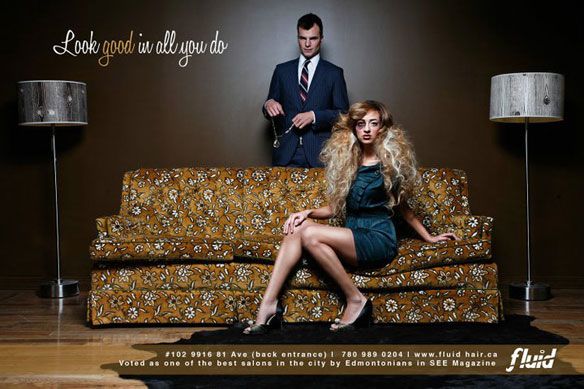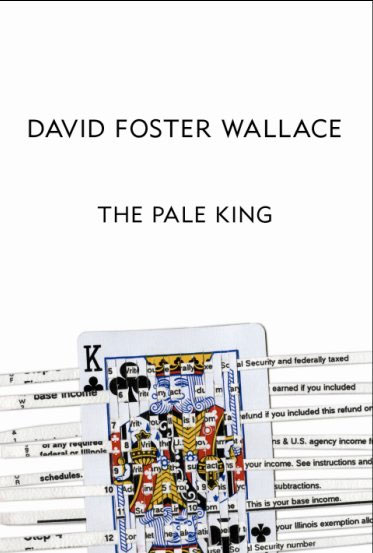Education and the Structural Crisis of Capital: The U.S. Case
by John Bellamy Foster
Monthly Review
...
The significance of such a broad political-economic approach to public education is that it allows us to perceive the underlying logic governing the development of capitalist schooling in the United States and elsewhere. Public education arose in the United States early in the nineteenth century. But the education system as we know it today only emerged, beginning in the late nineteenth and early twentieth centuries. Its modern development thus corresponds in time to the rise of monopoly capitalism, an economy dominated by giant corporations. It has been estimated that “between a quarter and a third” of all U.S. capital stock in manufacturing underwent consolidation through mergers and acquisitions between 1898 and 1902 alone. In the largest of these, the formation of U.S. steel in 1901, as many as 170 separate firms were brought together in a single year to create the first billion-dollar corporation, controlling 65 percent of the steel industry. This represented the great era of corporate concentration, marking the rise of big-business capitalism.11
A key element in the evolution and stabilization of this new stage of accumulation, lay in the opportunity it afforded for what Marx called “the real,” as opposed to the “formal subsumption of labour under capital.”12 In nineteenth-century capitalism, workers were in a position to retain within their own ranks the knowledge of how the work was done, and therefore exercised a considerable degree of control over the labor process. Hence, control of the labor process by owners and managers was often more formal than real. As corporations and their workforces and factories got bigger with the rise of monopoly capitalism, however, it became possible to extend the division of labor, and therefore to exercise greater top-down managerial control. This took the form of the new system of scientific management, or “Taylorism,” within concentrated industry. Control of the conception of the labor process was systematically removed from the workers and monopolized by management. Henceforth, according to this managerial logic, workers were merely to execute commands from above, with their every movement governed down to the smallest detail.13
The chief result of the introduction of scientific management into industry, as Harry Braverman explained in 1974 in Labor and Monopoly Capital, was the degradation of working conditions for most workers. Increasingly, monopoly capitalist society was characterized by a polarization of skill, with only a limited demand for a relatively small number of highly skilled workers, as compared with masses of unskilled workers. The corporate-designed education system was constructed with the aim of producing workers tracked to these different labor-market segments. But scientific management was also seen as a way of directing the labor process within the schools themselves—subjecting teachers to new forms of corporate management.
Scientific management first became a widely known concept in the United States after Louis Brandeis, arguing before the Interstate Commerce Commission in 1910, publicly extolled the magic of efficiency engineers in increasing corporate profits. This was followed in 1911 by the publication of Frederick Winslow Taylor’s Principles of Scientific Management, initially as installments in American Magazine. Scientific management and efficiency experts soon became the rage among corporate executives and public officials alike, quickly spreading to the administration of public schools, where standards, testing, and Taylorized schools became the defining principles for a new utopia: the corporate-model school system. Thus, efficiency expert Harrington Emerson gave a speech to the High School Teachers Association of New York City in 1911, which he entitled “Scientific Management and High School Efficiency.” The last seven of his twelve principles were: standard records, planning, standard conditions, standardized operations, standard instructions, standard schedules, and efficiency reward.14 In 1913 Franklin Bobbitt, a specialist in educational administration at the University of Chicago, wrote in The Supervision of City Schools:
The worker must be kept supplied with detailed instructions as to the work to be done, the standards to be reached, the methods to be employed, and the appliances to be used….Teachers cannot be permitted to follow caprice in method. When a method which is clearly superior to all other methods has been discovered, it alone can be employed. To neglect this function and to excuse one’s negligence by claiming the value of the freedom of the teacher was perhaps justifiable under our earlier empiricism, when the supervisors were merely promoted teachers and on the scientific side at least knew little more about standards and methods than the rank and file.
For Bobbitt, “the teacher’s freedom is necessarily narrowly limited,” due to the need for standardized, efficient methods. Bobbitt went on to suggest that students working on penmanship should be tested “by stop-watch as to speed…to determine which of the modes of distributing the sixty minutes of time for teaching the writing is superior.”15 Likewise, Ellwood Cubberley, an influential educational administrator, and superintendent of San Francisco’s public schools, wrote in 1916 in his Public School Administration: “Our schools are, in a sense, factories in which the raw products (children) are to be shaped and fashioned into products to meet the various demands of life.”16
For Joseph S. Taylor, district superintendent of schools in New York City, writing in 1912:
(1) The state as employer must cooperate with the teacher as employee, for the latter does not always understand the science of education; (2) the state provides experts who supervise the teacher, and suggest the processes that are most efficacious and economical; (3) the task system obtains in the school as well as in the shop, each grade being a measured quantity of work to be accomplished in a given term; (4) every teacher who accomplishes the task receives a bonus, not in money, but in the form of a rating which may have money value; (5) those who are unable to do the work are eliminated.17
The primary means by which the efficiency of teachers was to be evaluated under this system was through the testing of their students. Heavy emphasis was thus placed, beginning just prior to the First World War, on developing rigid standards accompanied by standardized tests. The National Education Association (NEA) established a Committee on Tests and Standards of Efficiency in Schools and School Systems in 1911. This coincided with the movement to carry out IQ testing, and various thinly disguised racist forms of assessment.18
This early attempt to create a corporate-dominated, standardized education system was seeded by the new philanthropic, tax-free foundations that arose in the period. Millionaire industrialists like Andrew Carnegie, John D. Rockefeller, and Henry Ford established private foundations, designed to employ philanthropic financing to leverage major social changes, circumventing the role of government. The Carnegie Foundation was a leading force in both the eugenics and testing movements. It invested $6,424,000 in testing up through 1954. In 1965 it initiated the development of the testing program, the National Assessment of Educational Progress (NAEP). The Rockefeller Foundation, for its part, contributed heavily to the creation of the Educational Testing Service in the 1930s and ’40s.
To Read the Entire Essay














.jpg)








